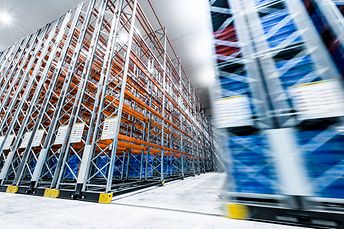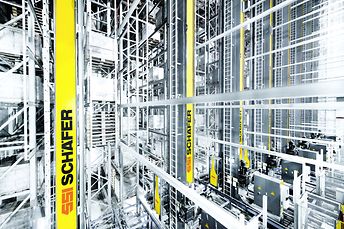Time to Stem The Rot In Food Losses
Global food losses (wastages) have remained high. It is estimated that a third of the world’s food produce is lost through improper handling. For emerging economies like India, Indonesia and China, the figure is even higher. In few other sectors do we see waste on such a scale.
How can you stem the rot?
Proper storage in temperature controlled warehouse is critical in maintaining freshness. It is common knowledge that fresh food continues to metabolize throughout the shelf life. The higher the temperature, the faster is the natural degradation!
Green vegetables will wilt within days in 30 degrees C but can stay fresh for a month when stored at 0 degrees. For fish, the decay sets in faster. It goes bad in a matter of hours in tropical heat but can be kept well for weeks with proper refrigeration. Much the same goes for meat.
How should you go about tackling this challenge?
For a new facility, finding the right place to locate the cold store is a good starting point. Ideally it should be sited in close proximity to areas where food is produced and/or consumed, is easily accessible by heavy vehicles and has ready access to uninterrupted power supply.
What kind of facility should you consider?
As the cost of building a cold store is 10 times that of an ambient warehouse, you should always try to maximise the space within. By building up you can make use of the available height and by equipping it with the right systems you can optimise the storage footprint without sacrificing operational efficiency.
Three possible systems come to mind – the mobile pallet storage racking system, the channel storage system and the high bay automated storage and retrieval system (ASRS).

Mobile pallet racks are basically selective pallet racks mounted on electrically driven mobile base, set on tracks embedded into concrete floors. By limiting the number of aisles, the system can reduce the storage footprint by as much as half. With current automation, picking is not compromised. At the push of a button, the aisle opens up giving order pickers 100% selectivity.

The channel storage system uses an orbiter shuttle vehicle and docking station to move pallets within the warehouse safely and efficiently. Adapted to the functionalities of the customer’s warehouse and specific requirements, it is a high density storage system with choices for either First In First Out (FIFO) or First In Last Out (FILO).

And the ASRS is a high density, highly efficient storage system. Reaching up to a maximum height of over 40 metres, the computer controlled system handles, stores and retrieves products automatically, eliminating the possibility of human error. The system also provides immediate updates of moves completed, doing away with the need for physical inventory tracking.
What about the optimal warehouse temperature you may ask especially when you are likely to have non-homogenous products within the warehouse?
To accommodate different products with differing temperature requirements, the warehouse can have different temperature zones such as ambient, chilled and frozen. With the use of data loggers, you can track product temperature and humidity 24/7.
Unlike dry goods, getting it right for fresh food storage is no easy task. For emerging countries (markets) the challenge is multiplied many times because of the infrastructural constraints. But as Benjamin Franklin, one of the founding fathers of the US famously said and I quote, “Every problem is an opportunity in disguise.”
By your ability to overcome the challenges you can help to reduce food wastage losses and reap results. By any estimate I have seen, industry forecast for the cold chain is huge, irrespective of whether you are in a developing country or a developed country.